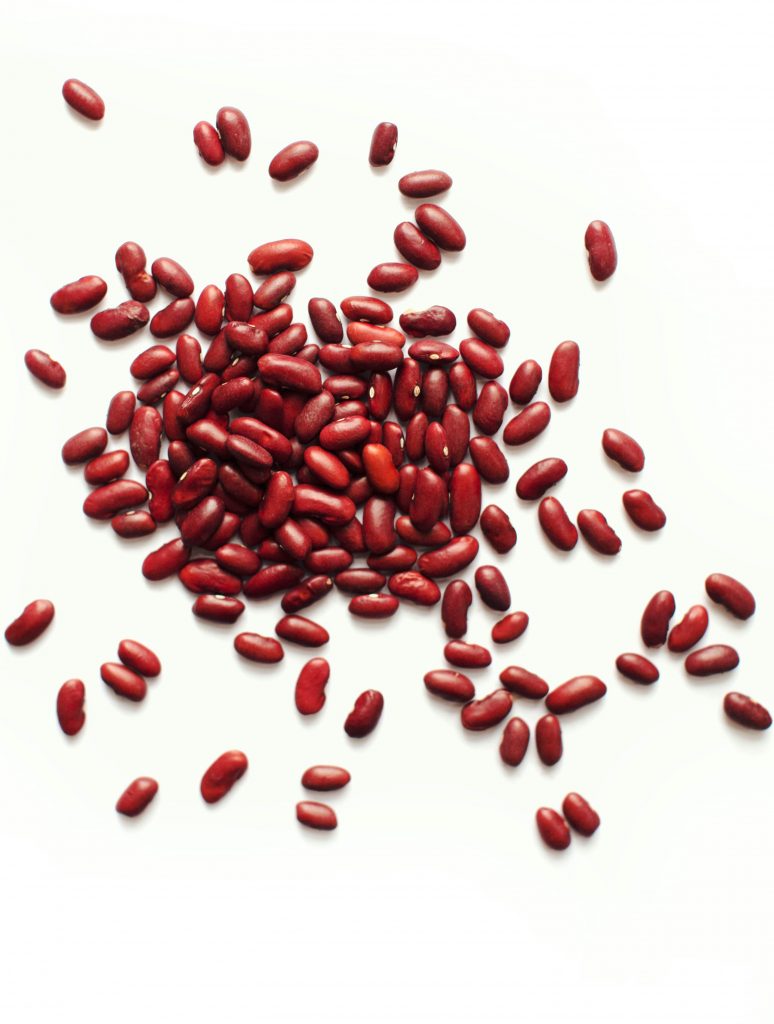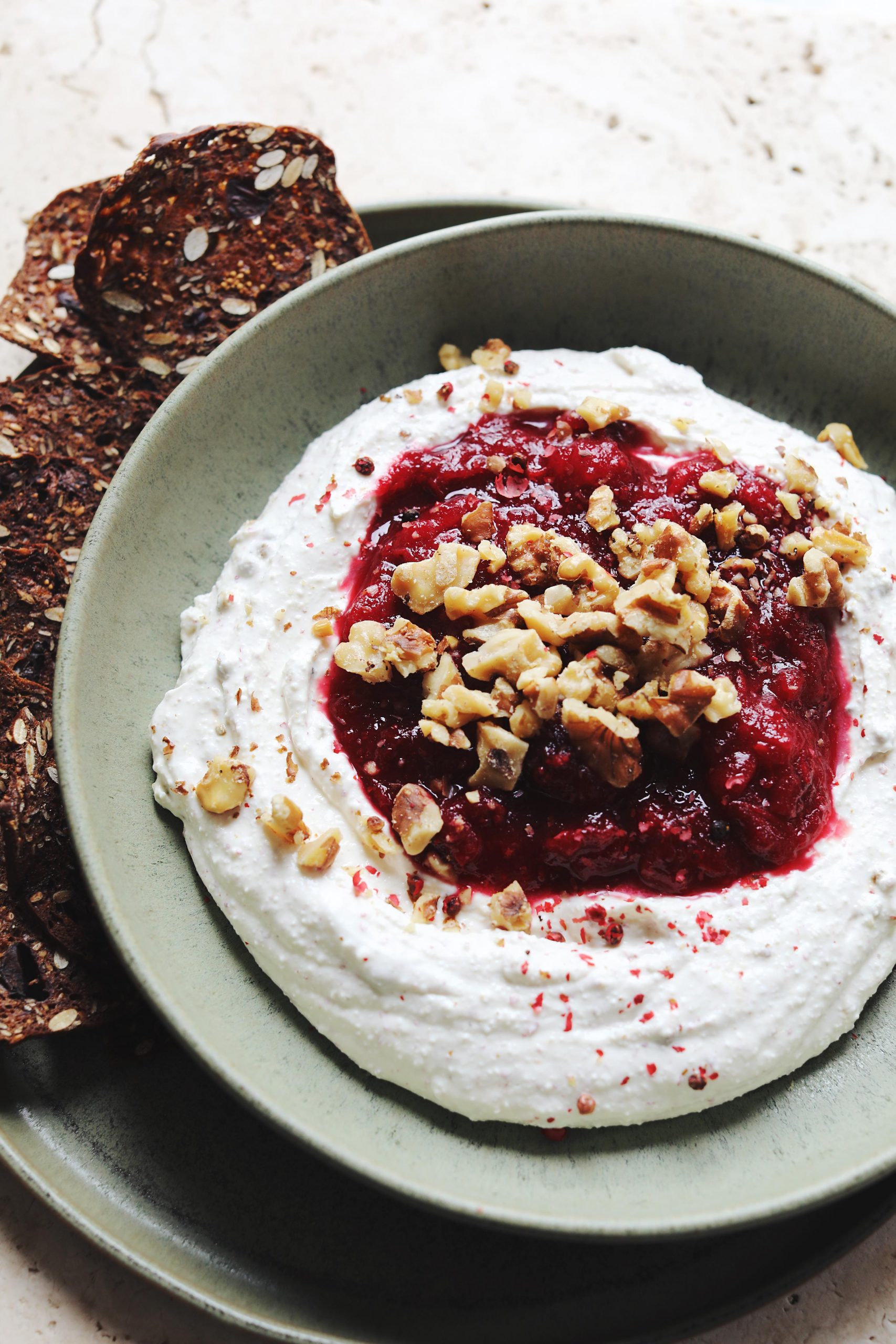Available in a range of colours, the most familiar kidney bean is the deep red variety that is popular in chili and stews. They also go very well in rice dishes and cold summer salads. The kidney bean has a deep roots in North America as they were a main source of protein for indigenous peoples and then became a staple in the diets of enslaved peoples throughout the southern US. These beans were and still are a main feature of many traditional Caribbean and Spanish dishes too.
- Kidney beans are often used in treating edema and swelling.
- They are a good source of phosphorus, calcium, and potassium.
I encourage people to soak all beans for at least 8 hours to improve the digestive qualities, preserve nutrients, and reduce the cooking time.

About Legumes
Collectively, beans and lentils are called legumes. The legume family also includes alfalfa, clover, peas, mesquite, carob, and peanuts. Legumes are grown all over the world in thousands of varieties.
Since legumes absorb the flavours of the foods and spices they are cooked with, they work well in many different dishes, from soups to salad, grain-based dishes, dips, and even baked goods!
Legumes are truly a corner stone of any plant-based diet, as they have so many benefits. For one, beans and lentils have more protein than any other plant-derived food. Although their protein is not complete (meaning it does not contain all eight essential amino acids), this can be remedied by combining legumes with grains or nuts to make a complete protein.
Legumes contain both soluble and insoluble fiber. Soluble fiber helps reduce blood cholesterol levels and stabilize blood sugar. Insoluble fiber is like a broom that sweeps the digestive system clean and keeps it running smoothly. Dried legumes are low in fat, calories, sodium, and cholesterol.
Beans and lentils are inexpensive, widely available, and perfect for a healthy pantry as they have a long shelf life.
Buying
It is best to purchase dried legumes in bulk to save lots of money. Inspect the beans and lentils for uniform size and colour and make sure that their outsides are not cracked (this could indicate an insect infestation). Look for heirloom varieties. Explore a wide range of colours, sizes, and textures.
Storing
Beans and lentils can keep for up to a year if stored correctly. It is preferable to place them in tightly sealed glass containers in a cool, dry place. To go a step further, keep beans and lentils in a dark place to prevent their colours from fading, which can alter both the taste and nutrition. Do not mix old and newly purchased legumes, as this may cause them to cook unevenly.
When you purchase beans and lentils in bulk instead of from a can, you save a lot of money, prevent another aluminum can from being thrown away, and benefit from an astronomically better flavour.
When in season, I do like buying legumes straight from the growers at farmers markets and farm stands. Look for unusual and heirloom varieties whenever possible to change things up; most basic legumes are widely available at any market / grocery store!
Resource:
Camellia



